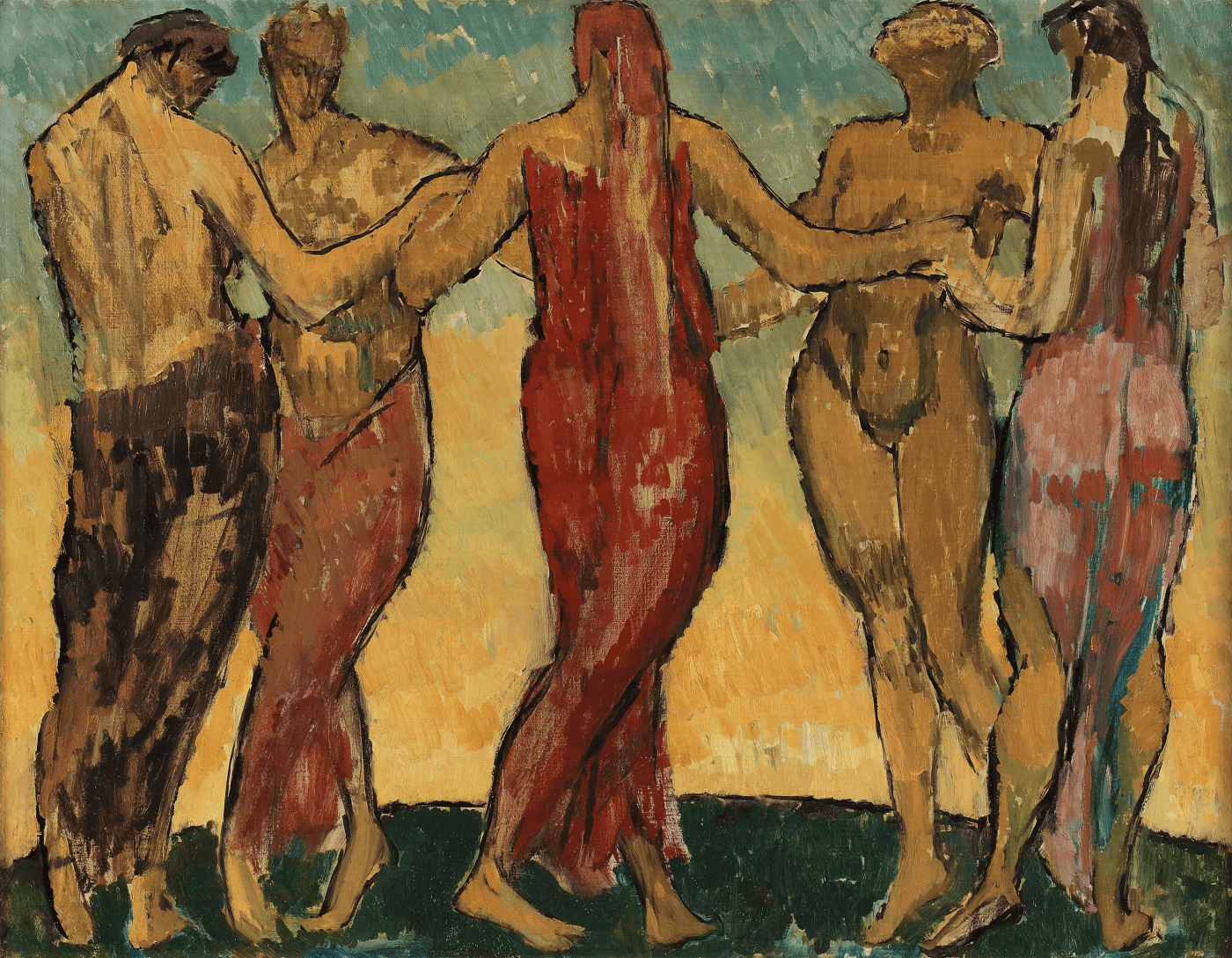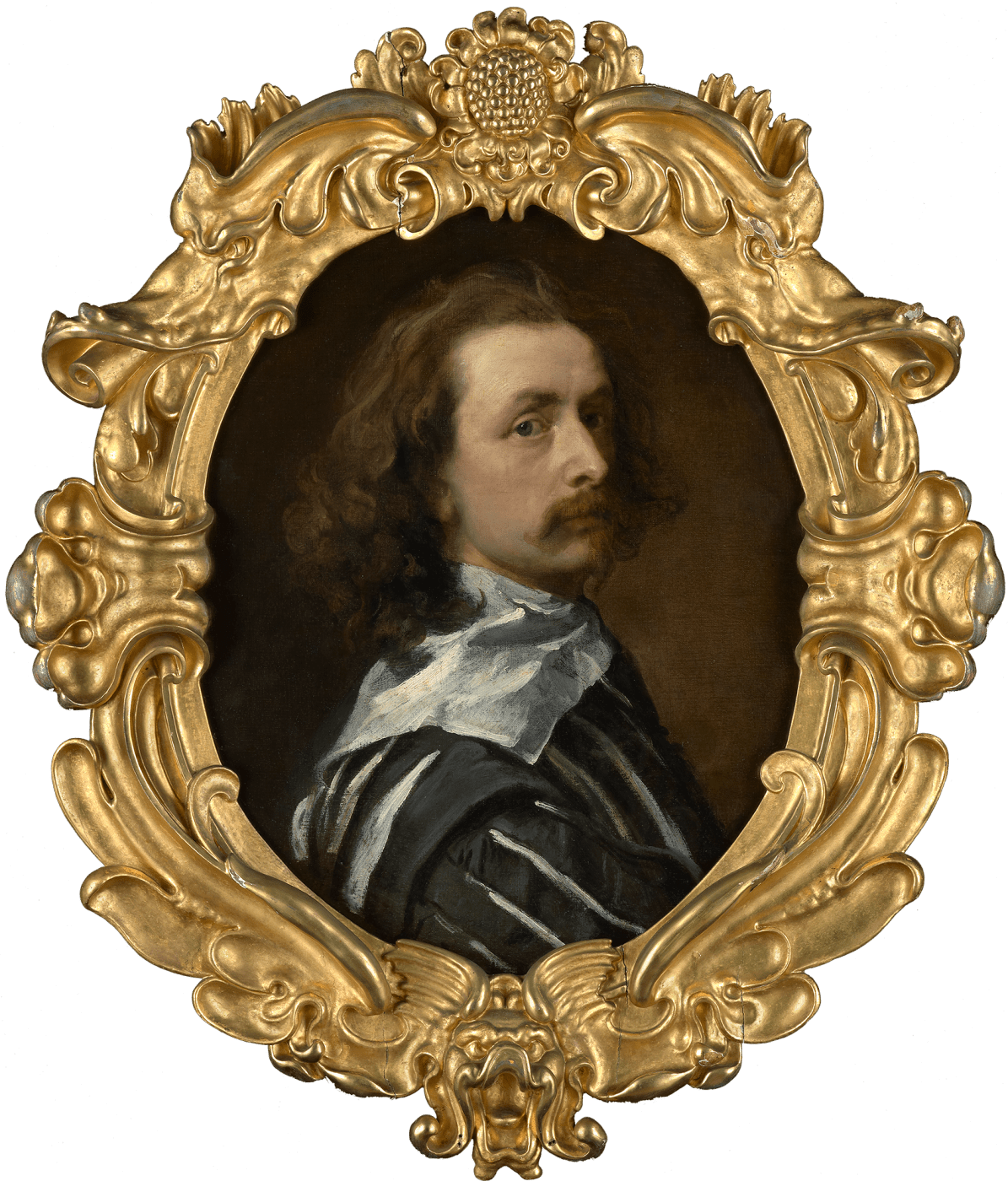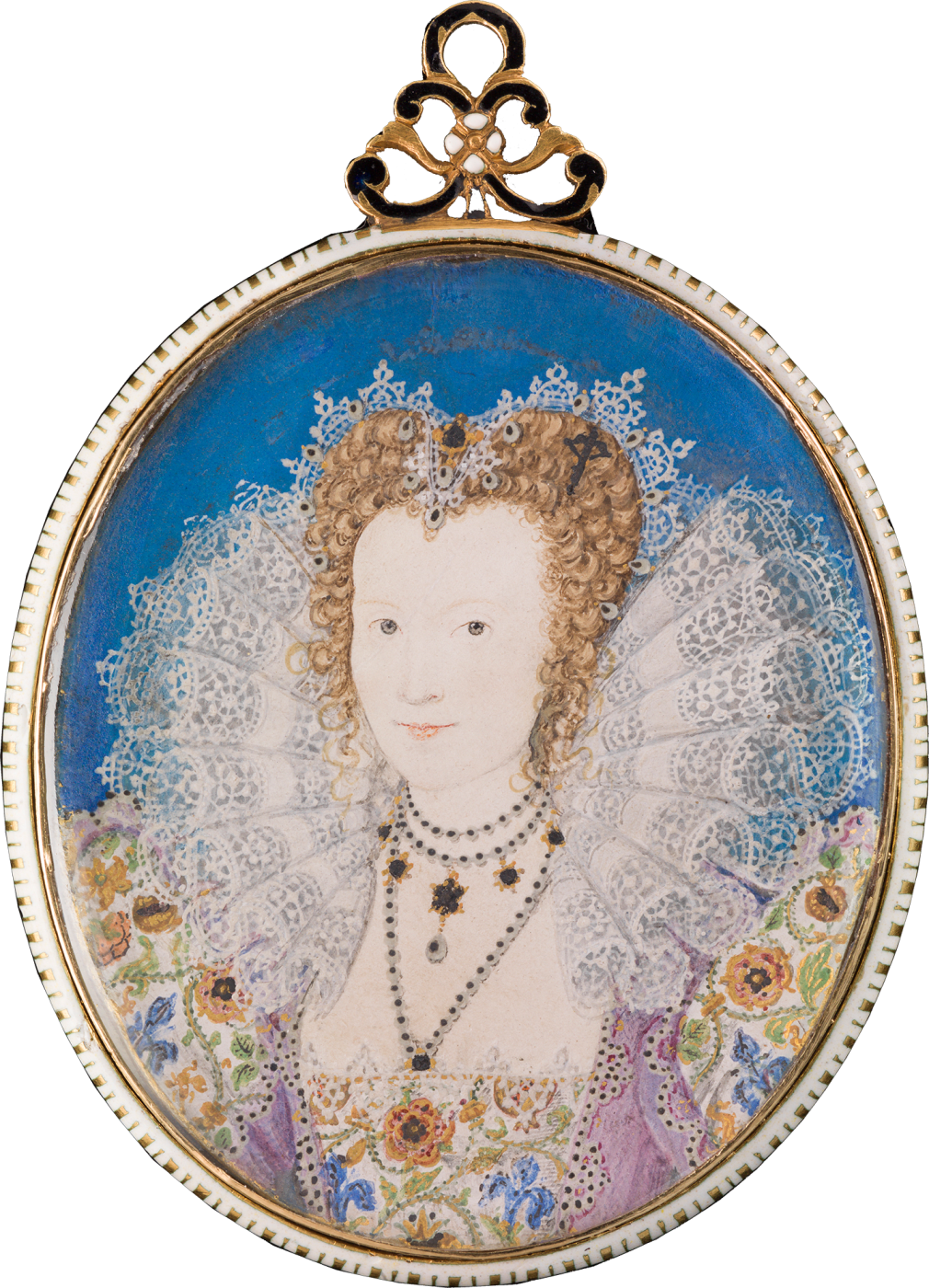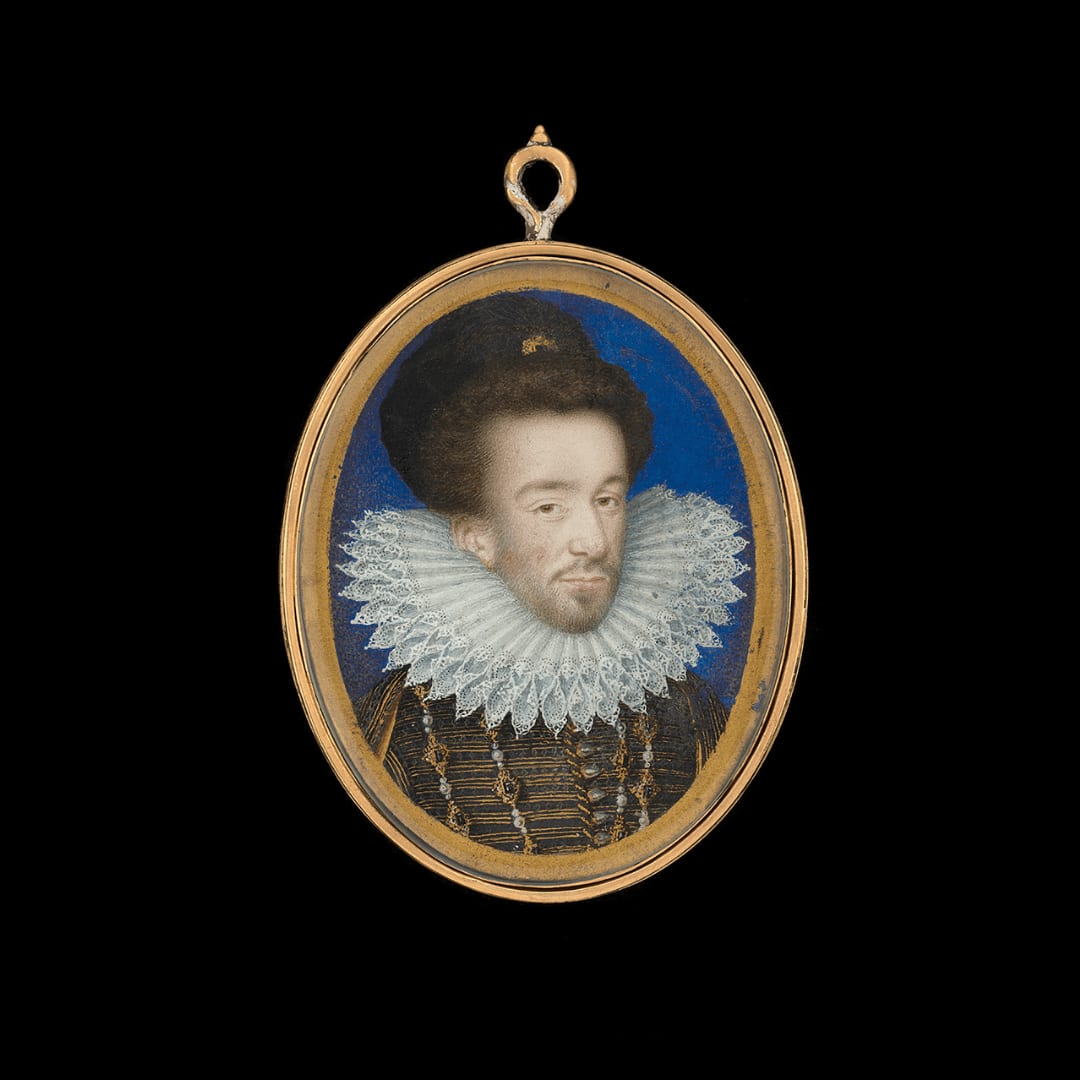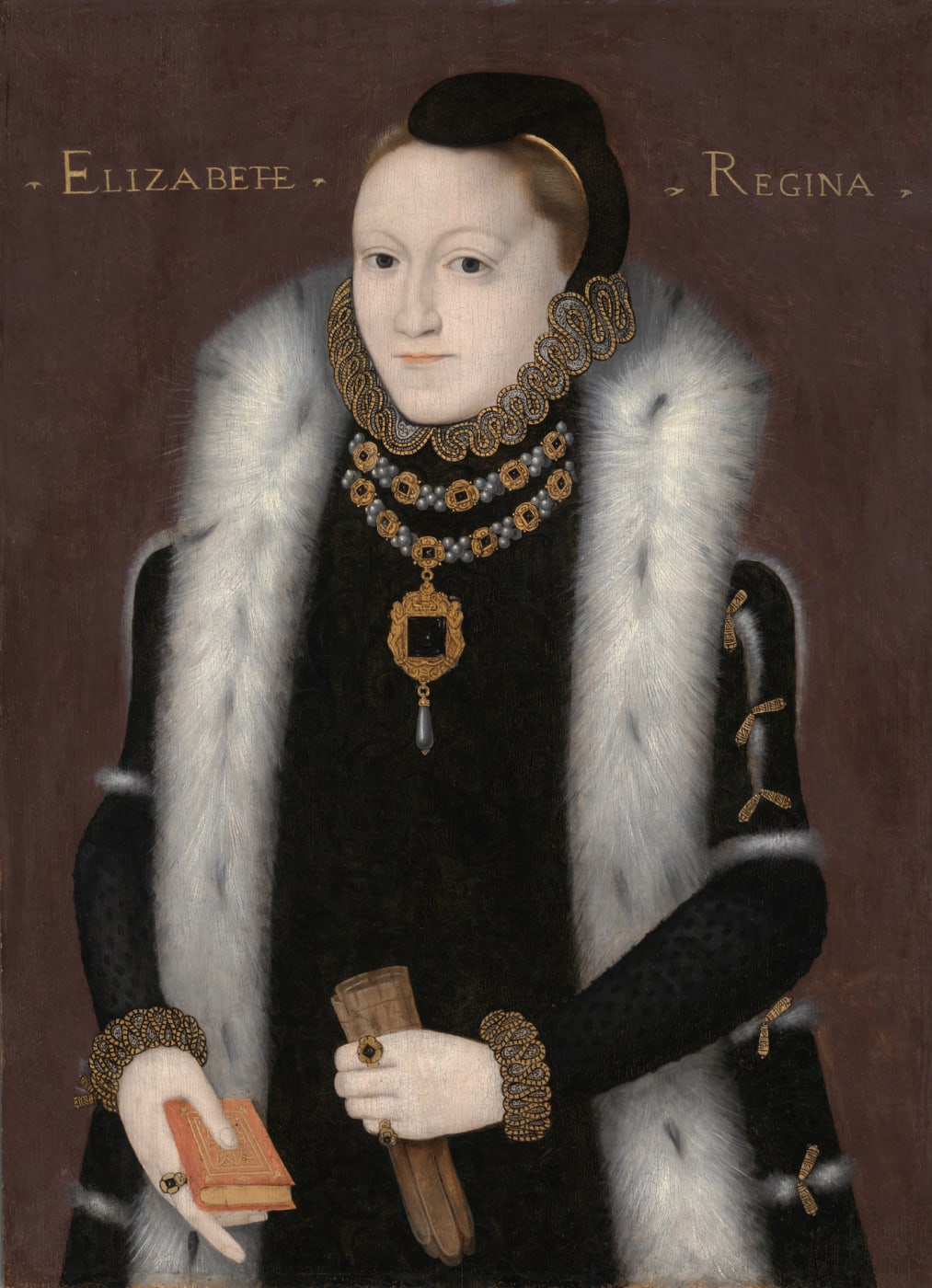Att. to George Gower
Portrait of Queen Elizabeth I (1533-1603) ('The Hampden Portrait'), c.1563-7
This outstanding portrait, previously handled by Philip Mould & Company in 2007, is the earliest surviving full-length likeness of Queen Elizabeth I and was painted in the mid-1560s. As with so many Tudor royal portraits, the Hampden picture is a feast of symbolism. In the background to the right we see flowers and ripened fruit, such as an open pomegranate, and peas about to burst out from their pod, all of which are obvious symbols to the Queen’s ability to bear children. The bejewelled gold hanging backdrop may well be one of the 'Tappettes embraudered with riche worke fret with pearles and stones', that are known to have hung in the chapel at The Field of Cloth of Gold, an extravagant summit held between Henry VIII and Francis I in France in 1520. The portrait was intended to remind the Tudor viewer of Elizabeth’s past lineage whilst also looking ahead to a prosperous future.
